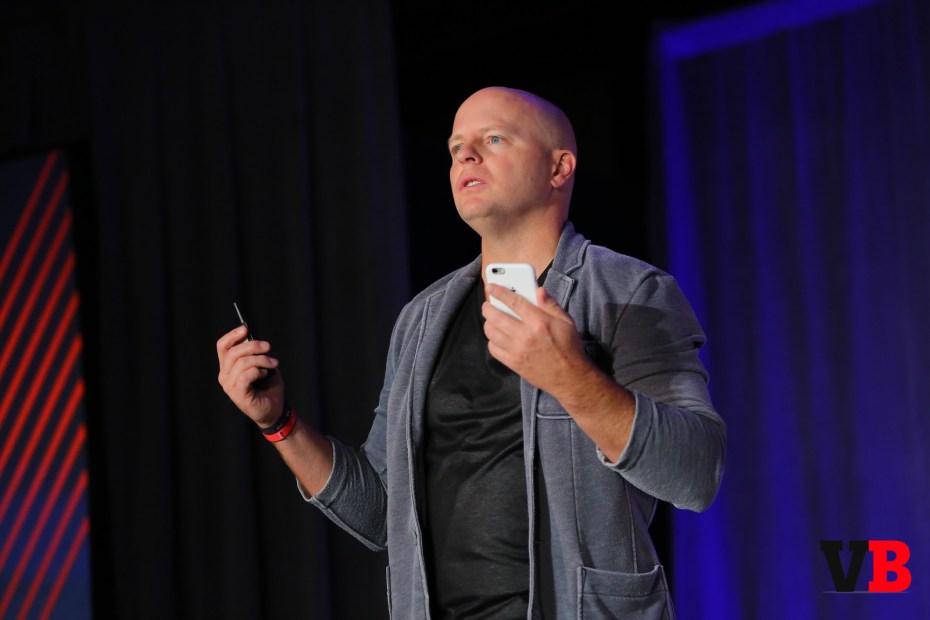The GamesBeat 2015 conference, where executives and investors from today’s hottest companies discuss video gaming trends, wraps up today in San Francisco. Here are some of our biggest takeaways from this year’s event:
User Engagement Goes a Long Way
John Koetsier, vice president of research for VentureBeat, spoke about how user acquisition has changed so much over the past few years, based on this report.
With it, he explains the importance of user engagement, as a customer is much more vital than trying to get a casual user involved with a game. “There’s no point in acquiring users if you’re not going to engage them,” he explained. With the increasing cost of acquiring users, it’s important to have the right players on board, especially with mobile advertising reaching $70 million for this year alone.
Social channels, like Facebook and Twitter, can also play a part in reaching out to such an audience, as promotions can be made outside of more than just the routine channels. User-acquisition partners can go a long way as well, and timing also plays a part. Koetsier believes that the beginning and end of the year, January and December, can be incredibly competitive for mobile offerings.
Authenticity Plays a Big Part
It helps to be original and unique in this industry if you want to stand out. Authenticity goes a long way.
Twitch’s Greg Vederman and Coca-Cola Company’s Matt Wolf spoke on the subject, both with video game marketing expertise and the knowledge required in regards to finding the right outreach to audiences. Wolf spoke about the previous “game-a-thon” event that Coke hosted last year, which can help improve gaming experiences as a whole.
Creating games today is akin to social media, Wolf said. The two are inextricably linked. Because of that, people are communicating nonstop. Because people are constantly communicating, they are a lot more aware and savvy of what they re being presented. If you build things that are meaningful and have value [consumers can be] incredibly rewarding and loyal.
For Twitch, brands come to us looking for help with authenticity we will tell them the best way to do that for [our] community, Vederman said. There is a challenge that comes with this, though, as some firms don’t know how to approach Twitch and game streaming, despite its imminent success. As a result, certain compromises need to be made to bring a program to life.
Authenticity plays a part when it comes to a product’s image, especially considering the specific demand that comes from a gaming audience. You have to keep it real, according to Vederman. They re going to see through BS real fast, he said. They ve also been marketed to for a long time badly, so they re sensitive nobody wins if the brand brings something to the platform that the audience sort of cringes at.
But to see an idea connect with the audience is really something. To see a brand deliver really cool content in a way that s resonating with [consumers] when you see it and it s working, it excites the hell out of me,” he added.
A passion from creative types is necessary to see these products succeed, both agreed. It s got to come from a real place, says Wolf. Things need to be meaningful, or why are you doing what you re doing
India Can Do Better With Monetizing
With over a billion citizens, the gaming market for India is ripe with potential. Dhruva Interactive and GameTantra CEO Rajesh Rao explains that, especially with the country’s young population, it’s also ripe for massive success.
Part of that success lies in the mobile phone market, with over 100 million phones activated. “These are the building blocks of a market,” said Rao. “The first thing people want to do is try Facebook and WhatsApp but eventually they want to try out (more) games and apps.” The audience is expected to download a whopping nine billion apps this year, making it the second largest mobile ad market in the world.
This makes gaming more accessible as a whole. “When we were growing up, there was a perception that games were a waste of time today, with moms playing Candy Crush and FarmVille, they’re realizing that games are quite alright.”
But monetization is one area that could use a huge amount of focus. The lack of credit card usage for small transactions in part of this obstacle. “There isn’t very much credit card penetration (just 20 million credit cards). But we have about 400 million debit cards, but the majority are just used to withdrawing money from ATMs,” explained Rao. He expects more methods to be introduced in terms of generating e-Commerce.
We re seeing that people are playing. If the pricing was right, and there was less friction, there would be more conversions, Rao said. That s the thing to crack. If we see that change, I think the market size would improve very dramatically over the next eighteen months or so.
Many of the large companies are looking at India and saying, We are having fantastic numbers from here! But they re not monetizing. We just have monetization challenges right now.
More information on Rao’s panel can be found here.

